It Started with a Killer Gas
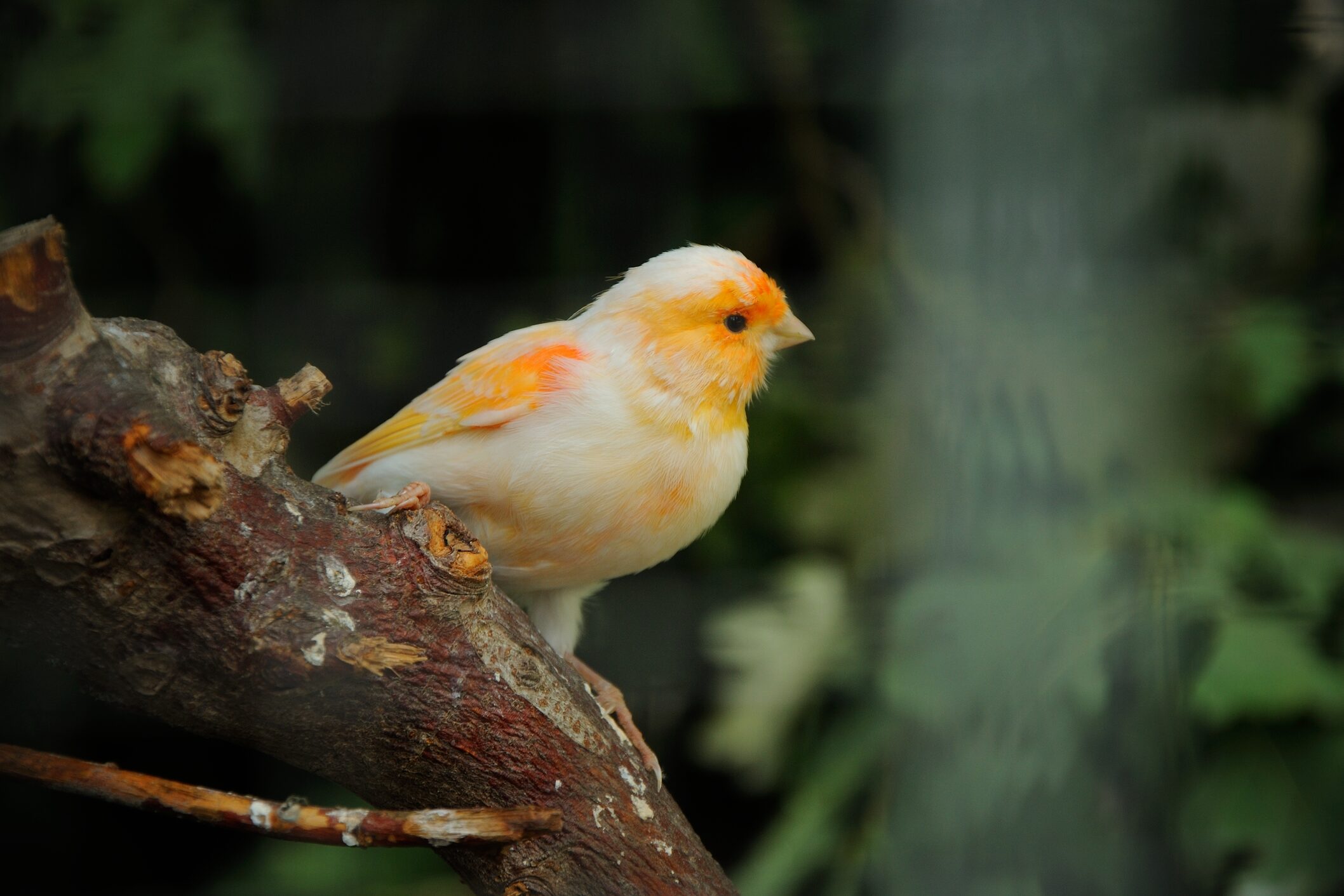
It sounds like a folktale: fragile yellow birds taken deep into coal mines to warn of danger. But this haunting story is no myth. For most of the 20th century, miners in the U.S. and abroad relied on canaries not for comfort but for survival. These birds were the first to suffer when invisible poisons filled the air. And if they stopped singing, it meant you ran. Carbon monoxide, a byproduct of coal mining, is odorless, colorless, and lethal in minutes. Without warning systems, miners often died before they even realized something was wrong.
Science Found a Solution
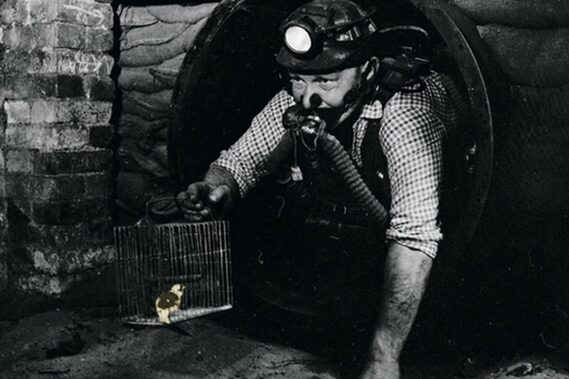
In the late 1800s, British scientist John Scott Haldane studied toxic gases that plagued underground miners. He realized humans needed an early warning system to detect deadly air before it claimed lives. Animals, he suggested, could serve this purpose. Birds were perfect for the role because their rapid breathing and small size made them especially sensitive. Canaries quickly proved ideal. Their bright songs and quick reactions offered a clear sign of danger. The moment a bird showed distress, miners knew trouble was near. A cheerful song became a serious safeguard deep in the dark tunnels.
Mice Were First, but Birds Were Better
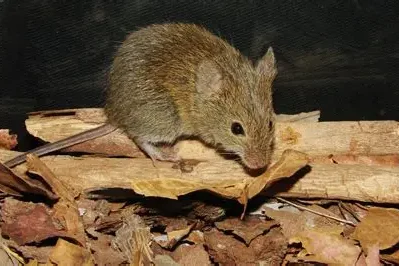
Before miners settled on canaries, they tested other animals. Mice were used, but they didn’t respond quickly enough to be reliable. Miners needed something faster, something unmistakable. That’s where canaries made all the difference. These little birds would stop singing or faint at the earliest trace of poisonous air. Their silence became the loudest alarm underground. One miner recalled that when the bird faltered, the men wasted no time in escaping. Over time, the canary was trusted more than any gadget or tool, its tiny body serving as a shield for human lives.
America’s Wake Up Call
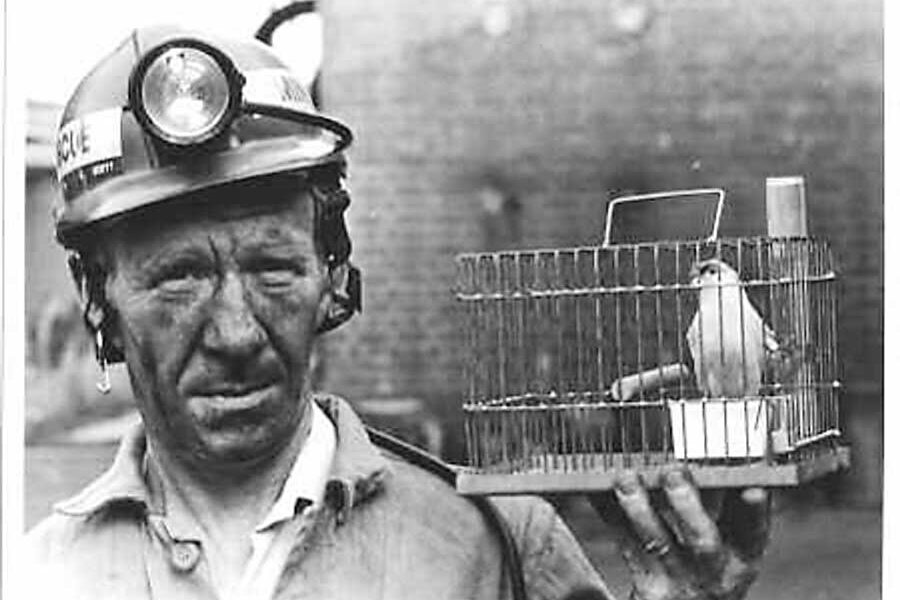
The United States turned to canaries after tragedy made change unavoidable. In 1911, the Cross Mountain Mine disaster in Tennessee killed dozens of miners, many overcome by unseen gas. The event forced the U.S. Bureau of Mines to rethink safety practices. Inspired by British methods, they adopted canaries for rescue teams. Soon, these bright yellow birds were carried into coal mines across America. Miners began to trust them as companions and protectors, watching their movements as carefully as their own tools. It was a turning point in American mining, shaped by loss and necessity.
Every Cage Meant a Warning
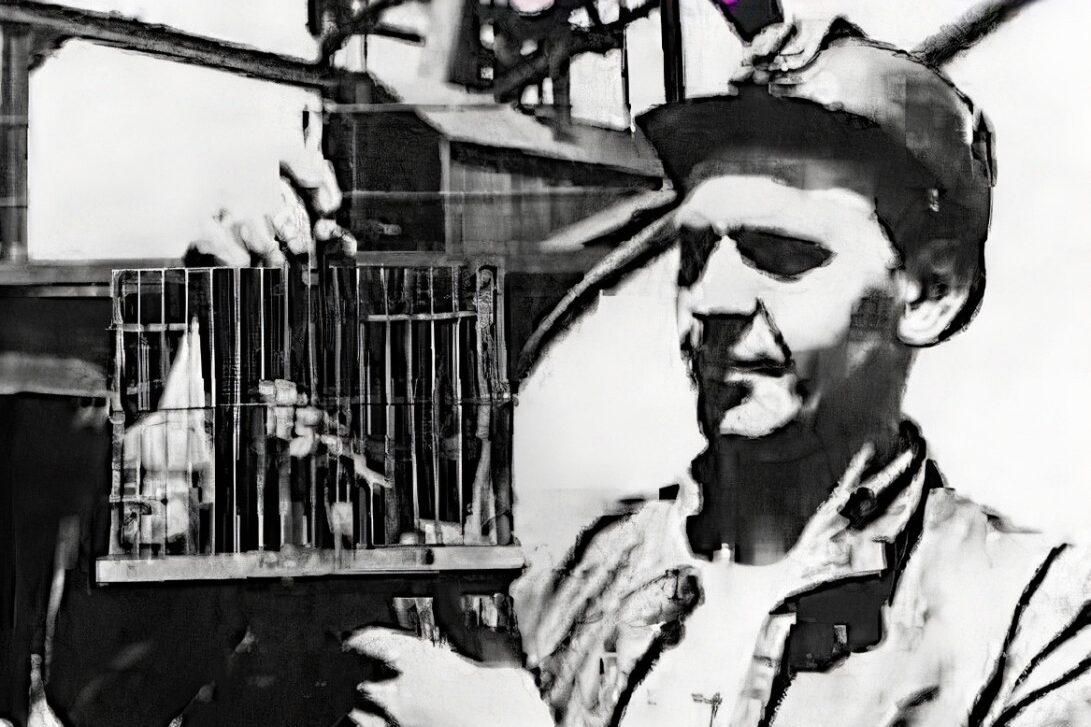
By the 1920s, canaries were no longer limited to rescue missions. They became a constant presence in the mines, carried into tunnels in small metal cages. Some cages even had oxygen tanks and chambers designed to revive the birds. For miners, seeing a canary each day meant reassurance and caution at the same time. If the bird sang, the air was safe. If it stopped, danger was close. Miners knew they had only moments to act. That little cage represented the difference between another day’s work and tragedy waiting in the shadows.
Thousands of Lives Saved

No one kept an official tally of how many lives were spared, but it is clear canaries saved countless miners. Each time a bird faltered, workers had precious minutes to escape. Families understood the value, even if they never saw it firsthand. Many men returned home alive because of a bird’s warning. For communities built around mining, this mattered deeply. The canary was more than just an animal underground. It was an unspoken partner in survival, giving its life so that others might live to see daylight again.
A Death Sentence for the Bird
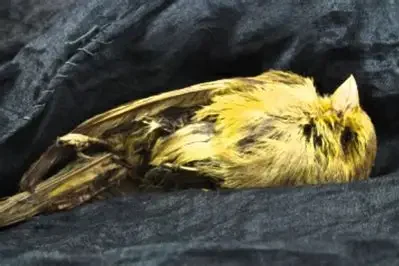
The role of the canary was tragic as well as vital. When poison filled the mine, the bird was always the first to suffer. Miners had seconds to react, but for the bird, it was often too late. Some mines carried revival chambers and oxygen supplies to save them, but many did not survive their duty. Miners grew attached to the birds, even as they knew their grim purpose. It was a painful reality, one that blended gratitude with sorrow. The canary’s silence was a warning, but it was also a sacrifice.
Technology Takes Over

By the 1980s, machines began replacing birds. Electronic gas detectors offered faster, safer, and more reliable warnings. Britain formally retired canaries from mines in 1986, and America soon followed. For many miners, it was a bittersweet change. They had relied on living creatures for decades, but progress made their sacrifice unnecessary. The sight of a cage in a tunnel slowly disappeared, replaced by handheld devices and alarms. Technology had caught up, but the memory of those little yellow birds remained strong, etched into the stories of mining communities that once depended on them.
Not Just a Phrase
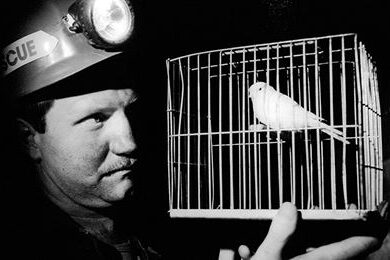
The phrase “canary in a coal mine” still lingers in everyday language. It now describes any early warning sign, whether in health, climate, or even personal stress. People use it to explain the first hint of trouble, the subtle sign before disaster. The saying carries weight because it began with real birds facing real danger. Their story is woven into the way we talk about caution. Each time the phrase is spoken, it quietly honors the history of those fragile sentinels who stood guard in the darkest of places.
A Strange and Noble Legacy

For over seventy years, canaries served as living alarms, keeping watch where machines could not. They never knew their role; never understood the lives they saved. Yet their presence underground gave miners a fragile layer of protection. It is a strange but noble legacy, one born of necessity and sacrifice. Today, the story feels haunting, but it reminds us of resilience and adaptation in the face of danger. The canary remains a symbol of warning and survival, proof that even the smallest voices can protect us from silence.
If this story gave you chills, give it a thumbs up. If it made you think, share it. And if you’ve heard a different version, leave a comment we’d love to hear it.
This story Canary in a Coal Mine: The Tiny Bird That Warned of Death and Saved Thousands was first published on Daily FETCH


